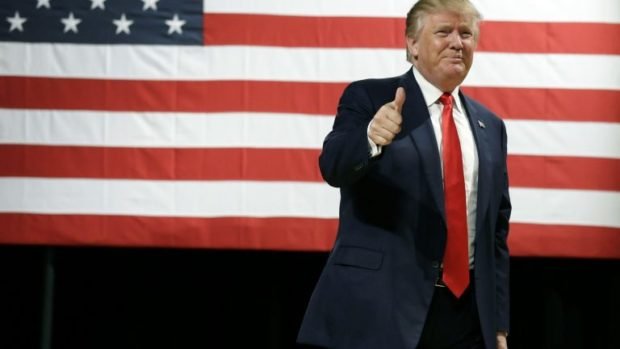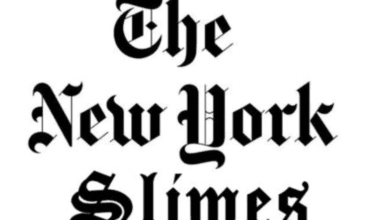Unemployment Ticks Up As Job Growth Beats Expectations

The U.S. added 272,000 nonfarm payroll jobs in May as the unemployment rate ticked up to 4.0%, according to the Bureau of Labor Statistics (BLS) data released Friday.
Economists anticipated that the country would add 190,000 jobs in May compared to the 175,000 jobs that were added in initial estimates for April and that the unemployment rate would remain unchanged at 3.9%, according to U.S. News and World Report. The job gains follow predictions that the economy is slowing down, with an early estimate for second-quarter gross domestic product (GDP) being revised down to 1.8% from 4.2% over the last month by the Federal Reserve Bank of Atlanta.
GDP growth was recently revised down in the first quarter of 2023 from 1.6% to just 1.3%, as new data showed that American consumers spent less in the period and businesses invested less in inventory. A poll in May showed that 67% of small business owners were worried that economic conditions could force them to close their doors amid harsh economic conditions, hurting hiring and growth.
Another week, another bizarrely consistent set of UI data – every explanation I've seen (or thought of myself) fails to fully explain how this can possibly be happening given all the other data available; something is clearly wrong, but the question is "precisely what is it?" pic.twitter.com/xLlzTNn9Id
— E.J. Antoni, Ph.D. (@RealEJAntoni) June 6, 2024
Persistent inflation has also dragged on businesses’ ability to hire, measuring 3.4% year-over-year in April, far from the Federal Reserve’s target of 2%. Slow growth and high inflation have sparked fears that the economy is entering a period of stagflation, which severely hurt the finances of average Americans in the 1970’s and 1980’s.
Federal Reserve Chair Jerome Powell pushed back on stagflation speculation at the Fed’s May meeting, pointing to low unemployment and decelerating inflation.
Topline job growth could slow in the coming months if President Joe Biden reduces the number of illegal immigrants entering through the southern border, as he has recently pledged to do. Many of the jobs that have been created or recovered under Biden have gone to foreign-born populations.
The pace of job growth could influence the Fed’s decision on when to cut its federal funds rate, which currently sits in a range of 5.25% and 5.50%, a 23-year high. Cutting the rate would reduce the cost of credit across the economy, giving businesses more leeway in their spending.
Content created by The Daily Caller News Foundation is available without charge to any eligible news publisher that can provide a large audience. For licensing opportunities of our original content, please contact licensing@dailycallernewsfoundation.org



